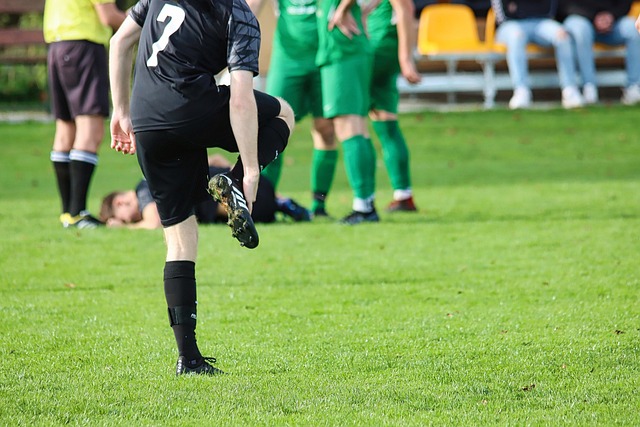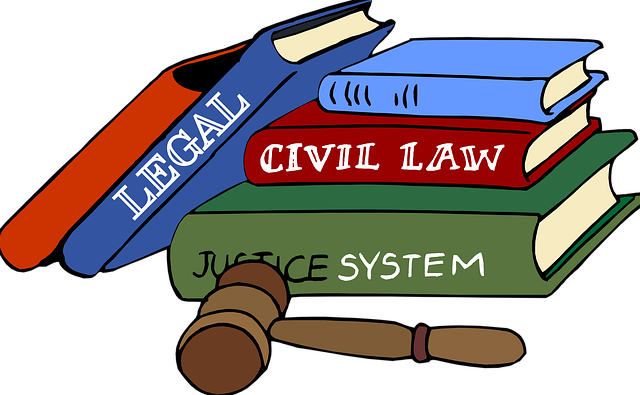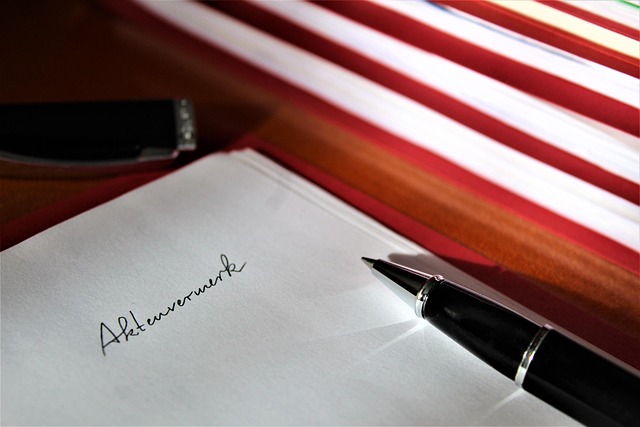Slip and fall negligence claims involve proving a party's failure to maintain safe premises led to an injury, focusing on duty, breach, causation, and proximate cause. Understanding jurisdiction-specific statutes of limitations (1-3 years) is crucial, as missing these deadlines can dismiss claims. Prompt documentation and engaging an experienced attorney improve success rates. Fiduciary duty breaches specific to your location can strengthen the case by showcasing negligence.
In the realm of personal injury law, understanding time limits is crucial for successful slip and fall negligence claims. This article navigates the intricate details surrounding these claims, shedding light on key legal time constraints. We’ll explore strategies to ensure compliance and maximize your chances of compensation. From understanding the nuances of slip and fall negligence to employing effective tactics within set deadlines, this guide is your compass in navigating this complex landscape.
- Understanding Slip and Fall Negligence Claims
- Key Legal Time Limits to Consider
- Strategies for Navigating Within Time Constraints
Understanding Slip and Fall Negligence Claims

Slip and fall negligence claims arise when individuals sustain injuries due to another party’s failure to maintain safe premises. These cases involve demonstrating that a property owner or manager had a duty to exercise reasonable care, breached that duty, and their negligence directly caused the victim’s harm. The key element is proving that the defendant’s actions (or inactions) were the proximate cause of the accident.
Understanding slip and fall negligence is crucial for victims seeking compensation for their injuries. Unlike medical malpractice or partnership disputes, which often involve complex legal and factual issues, slip and fall cases typically revolve around establishing liability based on premises maintenance and safety standards. This includes investigating factors like lighting, floor surfaces, debris accumulation, and warning signs to build a solid case for the victim’s rights and entitlements under the law.
Key Legal Time Limits to Consider

When it comes to slip and fall negligence claims, understanding key legal time limits is crucial for success. In many jurisdictions, there are strict statutes of limitations that dictate the period within which a lawsuit must be filed after an injury occurs. For personal injury cases, including slip and falls, these time frames can vary significantly. Typically, they range from one to three years, depending on the state or province. Exceeding these limits can result in the dismissal of your claim, making it paramount to act promptly.
Additionally, when dealing with complex scenarios such as nursing home neglect or insurance disputes, other legal considerations may come into play. For instance, if the negligence resulted from a breach of contract or a specific duty of care, there might be distinct time frames associated with those claims. Understanding these nuances is essential to ensure your rights are protected and that you meet all necessary deadlines in pursuing a slip and fall negligence claim.
Strategies for Navigating Within Time Constraints

Navigating within time constraints for slip and fall negligence claims requires strategic planning. One crucial step is to promptly document all details related to the incident, including dates, times, witnesses, and evidence of any injuries sustained. This foundation becomes essential when constructing a compelling case. Engaging an experienced accident attorney who understands the legal intricacies and time sensitivities of such cases can significantly enhance your chances of success.
Legal time limits vary by jurisdiction, so it’s vital to be aware of these deadlines. In many cases, individuals have a limited window—often as short as one year—to file claims for slip and fall negligence. Failure to meet these deadlines can result in forever losing the right to seek compensation. Additionally, understanding the legal principles behind fiduciary duty breaches specific to your location can strengthen your case by demonstrating negligence on the part of property owners or managers.
Slip and fall negligence claims have strict legal time limits, which can vary by jurisdiction. Understanding these deadlines is crucial for victims seeking compensation. By being aware of the key legal time limits and employing strategies to navigate within these constraints, individuals can ensure their rights are protected and increase their chances of a successful claim. Prompt action is essential when it comes to slip and fall cases to preserve evidence and strengthen the claim.






